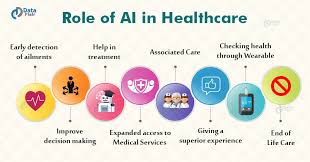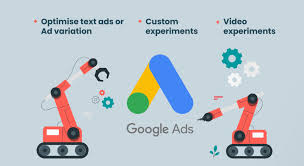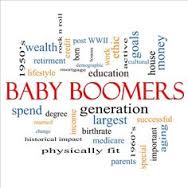It’s a common refrain in senior living that today’s assisted living communities are closer to yesterday’s skilled nursing facilities.
Seekers of Meaning Podcast Posted Online March 7, 2025
What's Next Longevity Deal Talk Episode 32, January, 2025
What's Next Longevity Venture Summit, June, 2025

 Exceeding expectations in every way. The next report was going to be titled – “The Future of AI in Senior Living” but that was so yesterday. One 2023 document,
Exceeding expectations in every way. The next report was going to be titled – “The Future of AI in Senior Living” but that was so yesterday. One 2023 document,  You were not alone at finding the first page of Google search results annoying. As has been expected, the
You were not alone at finding the first page of Google search results annoying. As has been expected, the Asking ChatGPT a question on an iPhone returns a detailed answer. Of course, it’s slightly different when asked again. The question: “What devices are useful for monitoring older adults in their home?” The categories (and sub-categories) were not surprising – you can give it a try yourself. They included medical alerts, smart home devices, cameras and video monitoring, remote health monitoring fall detection sensors, GPS tracking devices, medication management, environmental monitoring. On the iPhone, adding companion robots – and an observation: “These devices, especially when used together, can create a safer and more supportive environment for older adults living independently.”
Asking ChatGPT a question on an iPhone returns a detailed answer. Of course, it’s slightly different when asked again. The question: “What devices are useful for monitoring older adults in their home?” The categories (and sub-categories) were not surprising – you can give it a try yourself. They included medical alerts, smart home devices, cameras and video monitoring, remote health monitoring fall detection sensors, GPS tracking devices, medication management, environmental monitoring. On the iPhone, adding companion robots – and an observation: “These devices, especially when used together, can create a safer and more supportive environment for older adults living independently.” by boomers – the demographic looms large – and their future is likely underserved. You see it everywhere,
by boomers – the demographic looms large – and their future is likely underserved. You see it everywhere,